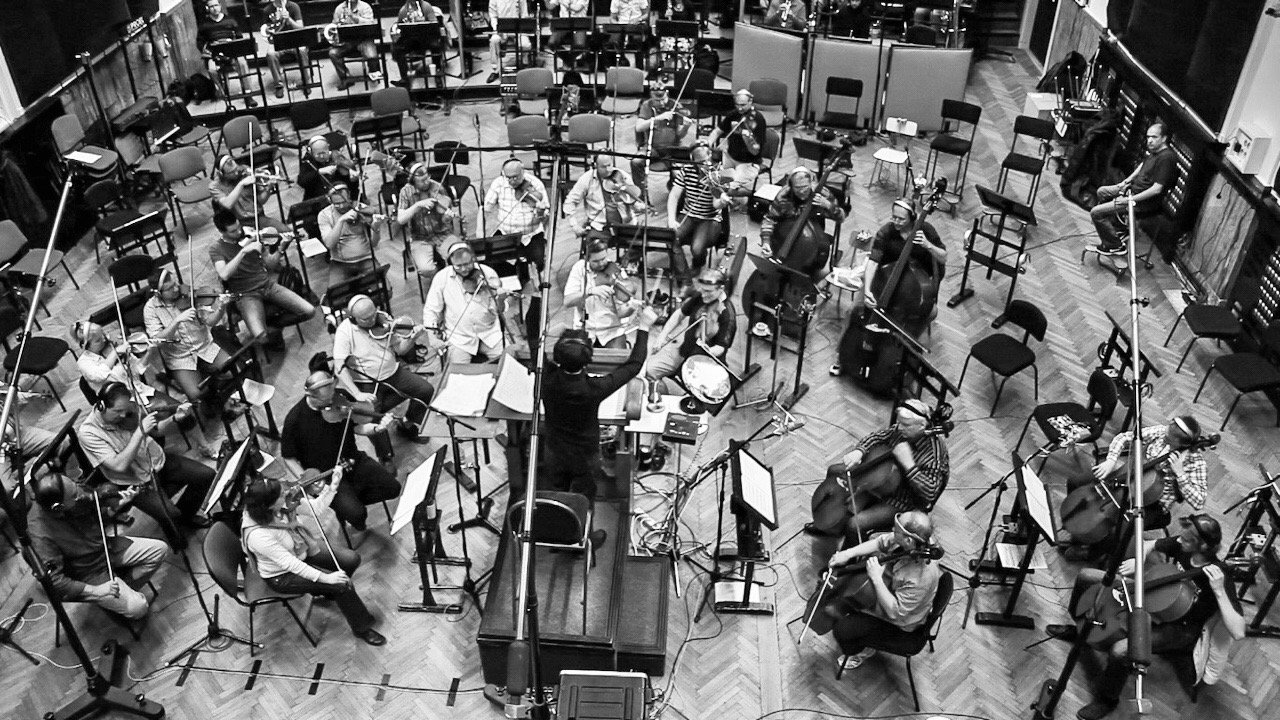Table of Contents
Film score composition is an intricate craft, requiring not only a profound comprehension of the plot and its emotional trajectory, but also the development of unique musical motifs tailored to both the characters and the narrative. This handcrafted score serves as an amplifier to the visuals and dialogue, heightening the cinematic experience. Much of this process involves a close-knit collaboration between the composer and the director, ensuring that the musical score complements and enriches the narrative arc.
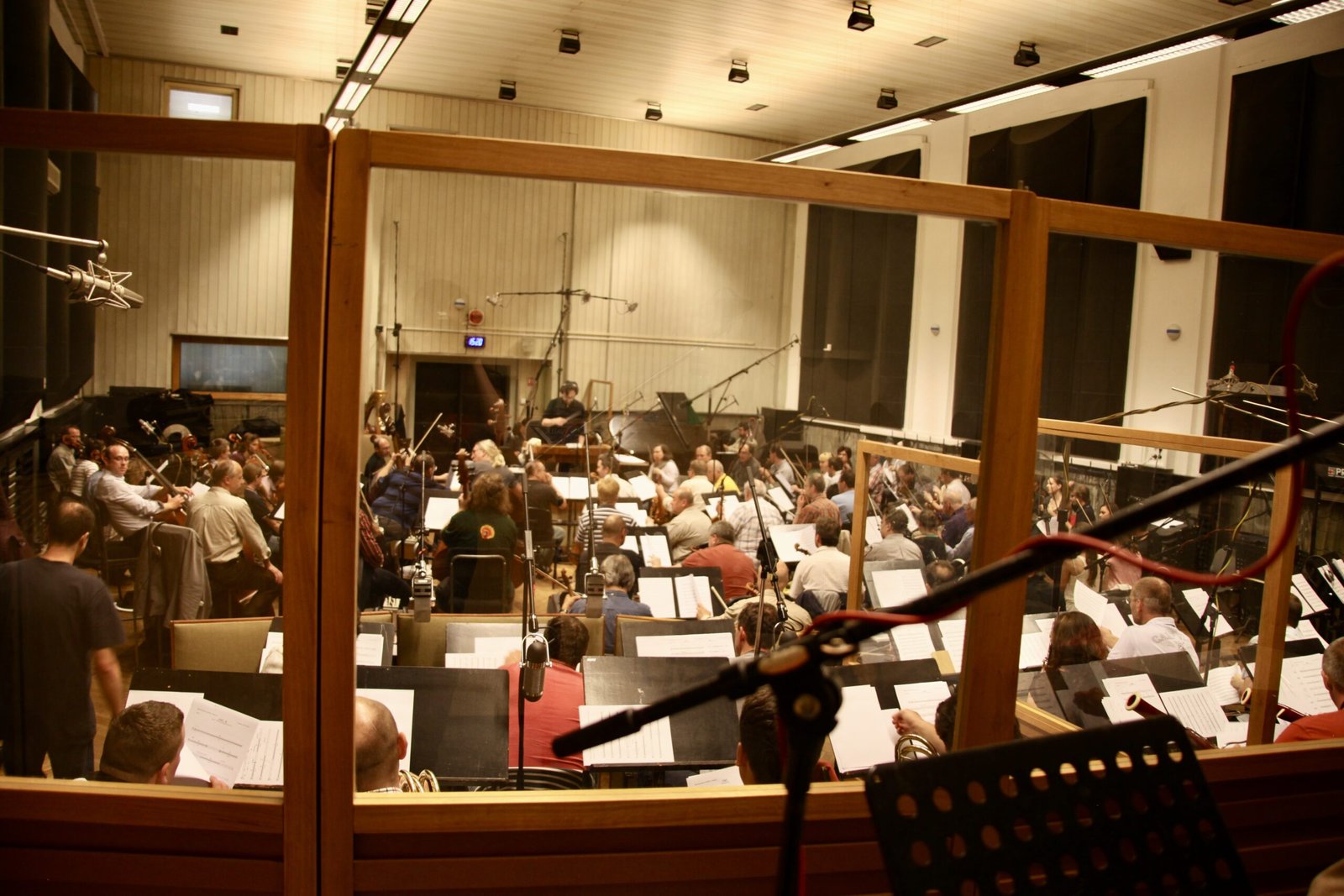
There are instances where the composer is needed to conceptualize music before the filming process, such as scenes where characters are scripted to dance. But, accommodating the unique demands of each film, the primary themes are often sketched during the filming and editing process, setting the tone in accordance with the director’s vision. The majority of composing though, transpires during the final stages of editing.
Film Score: The Soul of a movie
Film scores represent the soul of a movie. They’re often perceived subconsciously, yet they significantly influence our emotional engagement with the cinematic experience. The art of scoring for different genres, including action, comedy, and drama, requires understanding the story and its emotional arc, distinguishing character themes, and writing music that stimulates visuals and dialogue.
Approximately 70% of top-grossing films in 2019 utilized orchestral scores.
Action Film Score
Composing the film score for an action film, for instance, demands high-intensity music to heighten the excitement and tension. Rapid tempos, strong beats, and dramatic instrumentation characterize the genre.
- Action scenes need music that matches the on-screen activities. For instance, a high-speed chase would typically employ fast-paced, high-energy music.
- In contrast, quieter moments, such as when a character is contemplating or preparing for action, may call for more subdued music that reflects the inner turmoil and determination.
In contrast, comedy scores often make use of lighter, vibrant music. The music complements the humor and jovial mood of the genre while also highlighting the absurdity of funny situations.
Comedy Film Score
- Think of a comedic chase scene: the music may mimic the lighthearted, slapstick action with bouncy, fast-tempo music.
- Moments of comedy may also effectively use silence or sudden musical cues to punctuate a joke or visual gag.
Drama Film Score
Scoring for drama, however, is all about capturing the emotional depth of the story. This genre requires music that can portray a range of emotions – from joy to sorrow, anger to love. It’s vital to understand the storyline’s emotional arcs and create music that emotionally engages the audience.
- A dramatic score commonly uses slow, emotive melodies during emotionally intense scenes to accentuate the feelings of the characters.
- On occasions of triumph or happiness, the score may feature uplifting melodies, harmonious chords, and vibrant orchestration.
In conclusion, composing film music is a journey that begins with understanding the story, characters, and emotional arc. Subsequently, it is translated into evocative musical language that enhances the visuals and dialogue and ultimately enriches the audience’s emotional experience.
Production of Film Music
The process of film music production involves several key steps. Music is usually created or chosen during the post-production phase of film-making. Directors and Editors often use music as a basis for making editing decisions, even if the music is not the final choice of the director. A director will often create something called a temp track, an existing piece of music or audio which is used during the editing phase of television and film production, serving as a guideline for the tempo, mood or atmosphere the director is looking for in a scene. Occasionally music is required in advance of shooting for reasons such as choreography or animation.
After the picture is locked, spotting sessions are conducted with the director to determine the placement of music. A spotting session is where the director and the audio team meet to discuss the sonic elements of a film. This usually means watching through the project and marking elements that need to be recorded/edited/created. Locked Picture means that there are to be no more changes to the video part of the film or to the length of the timeline.
In this stage of post-production, the final video (master archival, final animation, final graphics) and audio (final composed music, final narration) are overlaid. Color correction and sound mix at a dubbing stage follow.
To create the final music soundtrack there is a process of composing, orchestration, synthesizer track, and drum programming, leading to score preparation. The music is then recorded at a studio, followed by the stages of mixing, mastering, and delivery of the master.
Orchestration or Synthestration
Orchestration is the process where music is arranged for instuments in an orchestra. As such, there are usually budget constraints on how many musicians can be hired for a recording session. Therefore the composer needs to take this into account in making the best use of the forces available.
Synthestration is like orchestration, except it utilizes artificial and electronic sounds to create the soundtrack. There are many high quality virtual instruments that mimic the properties and performances of human players. In addition, many modern scores require drums, rhythmic and impact sounds that need to be programmed in a MIDI sequencer.
Score Preparation
If human players are to be recorded, it is nearly always necessary to provide some score and sheet music for the players to read. This is quite a laborious process even with modern software like Sibelius, Finale, and Dorico. However it used to be done entirely by hand.
In addition, as most film music cues are to be tightly synchronized to the film, the composer must prepare a click track. A click track is the tempo of the music rendered as an audio click which musicians can hear in headphones while they play.
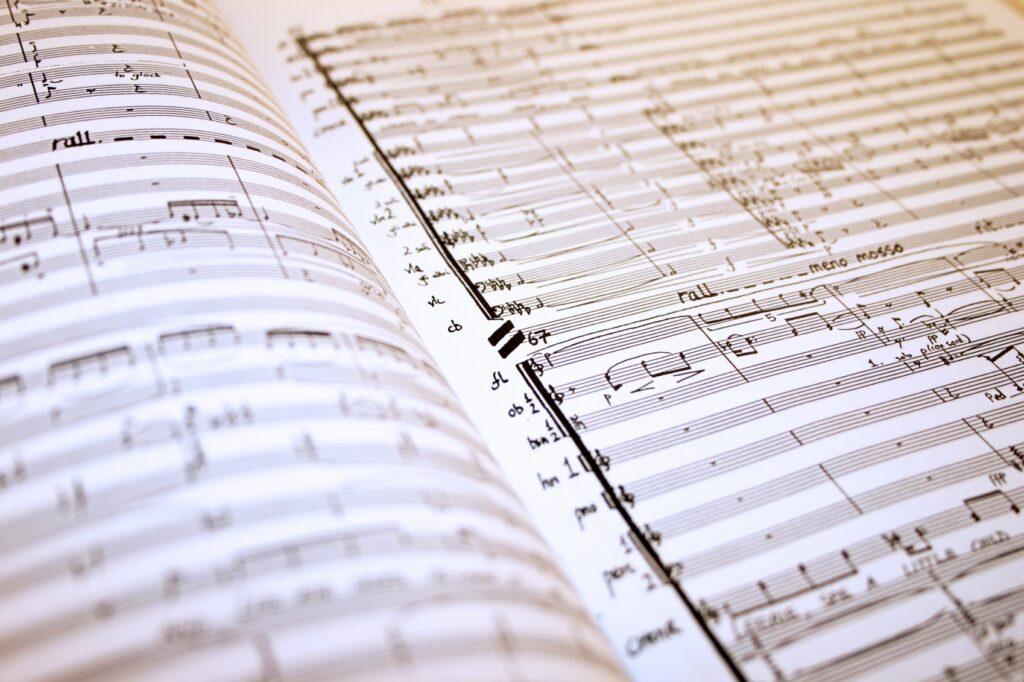
Recording at a studio
Whether you are recording a few players or an entire symphony orchestra, studio time is one of the most satisfying parts of the film score production process. However studio time is expensive and it requires some planning and time management skills to complete all the necessary recording in the available time.
After recording it is necessary to spend time mixing the music. This involves choosing the best takes from the session and making fine adjustments to the balance, adding reverb, and generally polishing the mix. Most scores are recorded in multi-channel audio, so another part of the mix process is preparing the final format for delivery, whether 5.1, 7.1, 7.1.4, or Ambisonics.
Dubbing Stage Re-Recording
The final stage of production is where the music is mixed with other sound elements of the film, dialogue, foley, and sound effects. This takes place in a specialized studio or sound stage with a re-recording mix engineer or dubbing mixer.
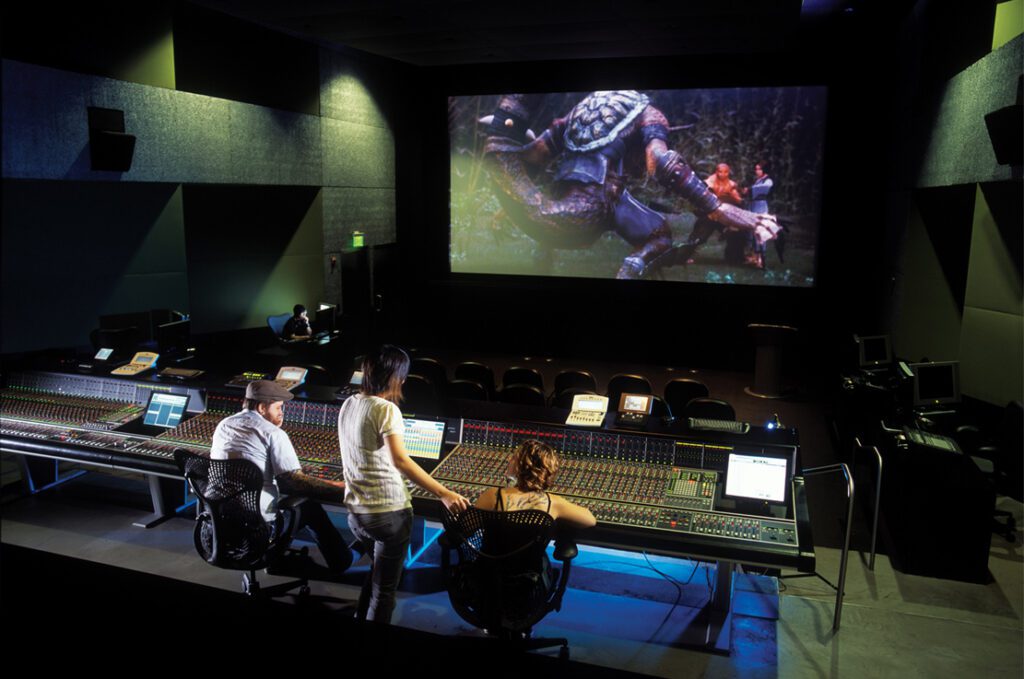
Unleashing Creativity: How to Create a Memorable Film Score
Forget the notion of right and wrong when it comes to creativity–there’s no one-size-fits-all strategy. However, the following tips might light the way to help you unleash your creative prowess and produce a killer score that gets lodged in the minds of listeners.
Experiment with Sound Textures
It’s quite remarkable how a mere change in sound texture can turn a seemingly mundane musical piece into an emotionally charged score. To do this, you might need to venture outside your comfort zone, experimenting with various instruments and digital sounds. Use both symmetric and asymmetric beats, mix genres, use silence strategically, or even overlay sounds. The key is to break away from the norm, and create something unique and fitting to the scene.
Embody the Film’s Theme
Great film scores don’t simply accompany a scene—they encapsulate the essence of the movie. To achieve this, dive deep into the movie’s scripts and character sketches. Understand the nuanced elements, twisted plotlines, and pulse of the film. This will allow the score to reflect the core theme and evoke the right emotions.
Collaborate with the Film Director
There’s no underplaying the significance of collaboration in film score production. With the director being the architect of the film, having open, consistent dialogue with them will certainly foster a unified creative vision. This will, in turn, lead to a score that perfectly harmonizes with the visual storytelling.
Understand the Audience
Ignite a conversation with the audiences’ hearts by knowing their pulses. Long before a note is written, imagine yourself seated among the audience. How do you want them to feel during each scene? Provoke these emotions through your music. Music’s universal language goes straight to the heart, use this to your advantage to leave the audience spellbound.
Use Unconventional Sources of Inspiration
Go beyond the traditional to draw inspiration for your film score. Nature, the rhythm of a bustling city or even the profound silence of a deserted street; anything could fire up your creative engines. Remember, in the world of music, inspiration is fluid and often comes from the most unanticipated sources.
Kickstart your musical journey in the realm of film scores with these expert tips in your toolbelt. Remember, the goal is to create a score that not only syncs with the movie’s theme but also connects with the audience, leaving them enraptured long after the credits roll.
Film Scoring Software: Choosing the Right Tools for the Job
Having the right tools at your disposal can make all the difference in film score production. It’s about picking the right software that fits your needs, whether you’ll be doing a lot of sampling, composing full-orchestral scores, or applying sound effects.
Explore Leading Digital Audio Workstations (DAWs)
Digital Audio Workstations (DAWs) are an essential tool in any composer’s toolkit. They house the software you need to record, edit, and mix audio files. Top-rated options include Pro Tools, Logic Pro, and Cubase. Each has its unique strengths, so it’s important to test and see what works for you. Remember that most DAWs come with a steep learning curve, but the potential payoff is enormous when you master your chosen platform.
Utilize Notation Software
Notation software comes into play when you’re writing a score that other musicians will perform. Software like Finale and Sibelius can translate your keyboard or mouse-clicks into properly formatted sheet music, making it easier for you to share and revise your compositions. Moreover, they provide playback functions, so you can hear what your score will sound like before it’s performed.
Invest in Virtual Instrument Libraries
Virtual instruments are essential for creating a rich, realistic sound without having to hire a full orchestra. Libraries like EastWest, Kontakt, and Spitfire Audio can replicate nearly every instrument imaginable, allowing you to add depth and variety to your score. While these libraries can be expensive, they’re a valuable investment for serious composers.
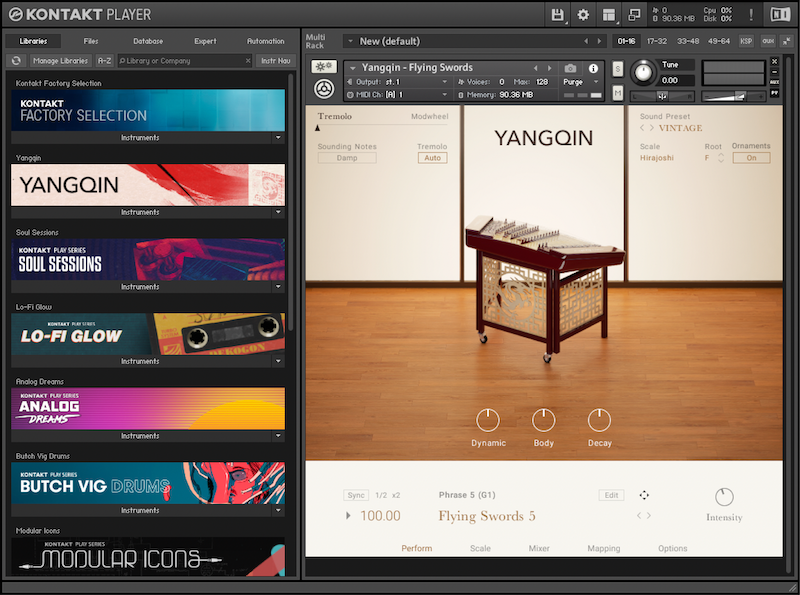
The Role of Plugins
Plugins can help to further shape your sound by offering effects like reverb, compression, and equalization. Don’t underestimate their power – they can add a professional polish to your soundtrack and help you achieve specific sound characteristics.
In conclusion, the right selection of film scoring software can help you master the craft of film score production. As you venture on your journey, remember that tools are there to aid your creativity and not chain your liberty. So, experiment with these tools, but do not let them become your crutch.
Film Scoring Tutorial: A Step-by-step Guide
Analyzing the Script
At the cradle of any great film score lies a captivating script. Your journey begins here. Scrutinize the film’s storyline, structure, and characters. This will offer insights into the emotional journeys you need to enhance with your music. The key moments, climax, and turning points should be identified, as they’ll need special musical attention.
Synchronizing Music with Picture
The process of sync is integral to film scoring. This technique involves matching the rhythm and phrase structure of your score to the visual elements on screen. To master this, ensure you are comfortable reading timecode, and can confidently use a click track for accurate timings.
Boosting Mood and Narrative
Remember, your role as a composer is to elevate what’s already on screen. The melodies, rhythms, and harmonies you select should intensify the emotions presented in the film. Try asking yourself, what do you want the audience to feel at this particular moment? Are you adding suspense, painting a romance, or intensifying a conflict?
Reviewing your Creation
Once penned and polished, it’s paramount to review the score whilst watching the film. Consider how well each piece works in tandem with its assigned scene. Try to step into the shoes of the audience. If something feels off, don’t hesitate to revise until you achieve a perfect blend of sight and sound.
Getting Feedback and Revising
Feedback is a crucial part of the process. Share your work with people you trust and who understand the project. Listen to their insights and be open to critique. No masterpiece was ever crafted in one go, so embrace the process of revisions to refine your score to perfection.
Following this step-by-step guide is only the beginning. With time, patience, and practice, you can perfect the craft of film scoring and create sound-tracks that hook, haunt, and move your audience long after the credits roll.

